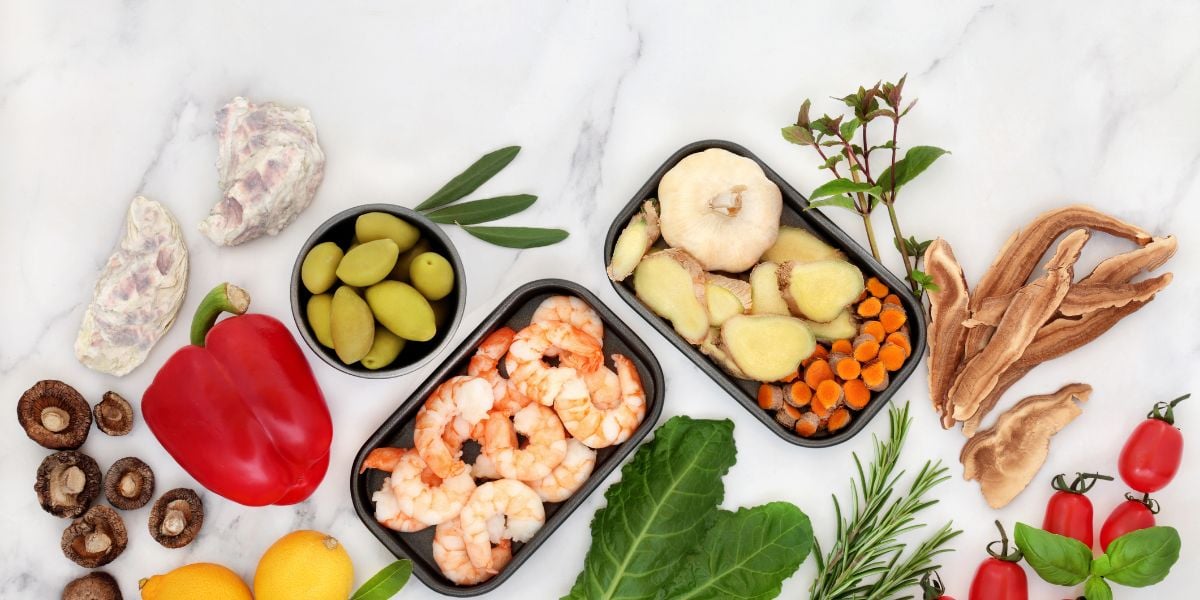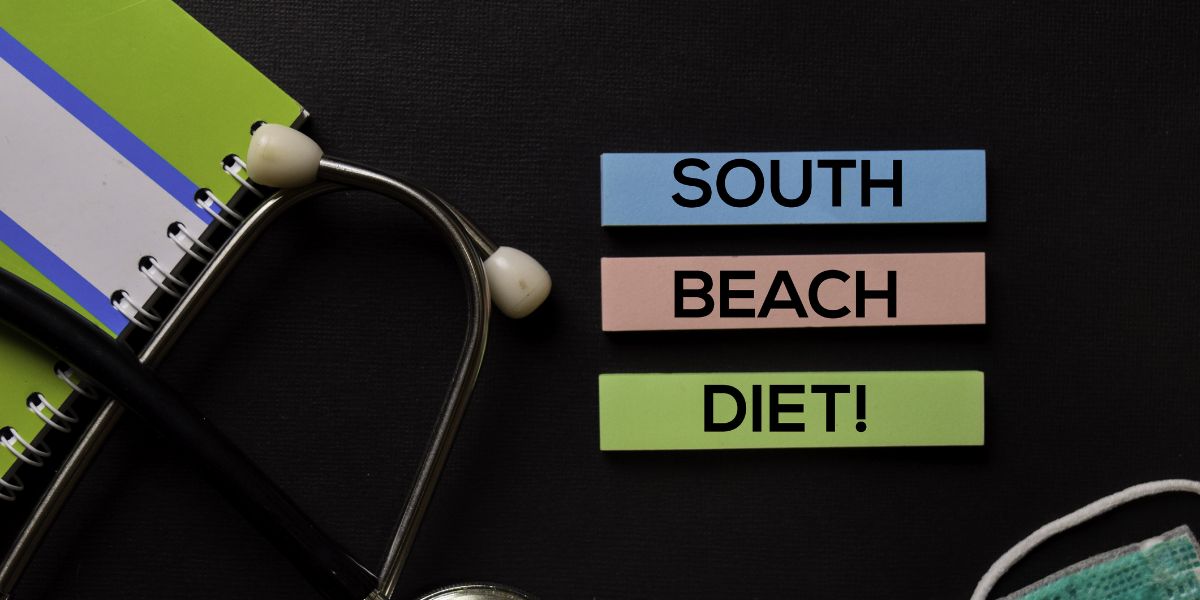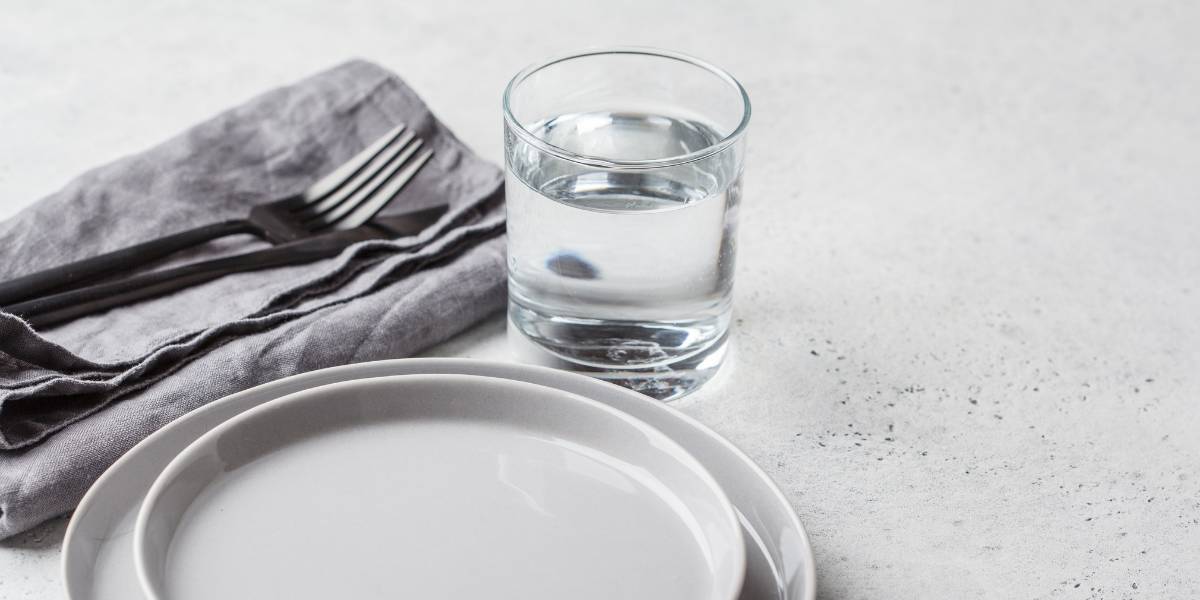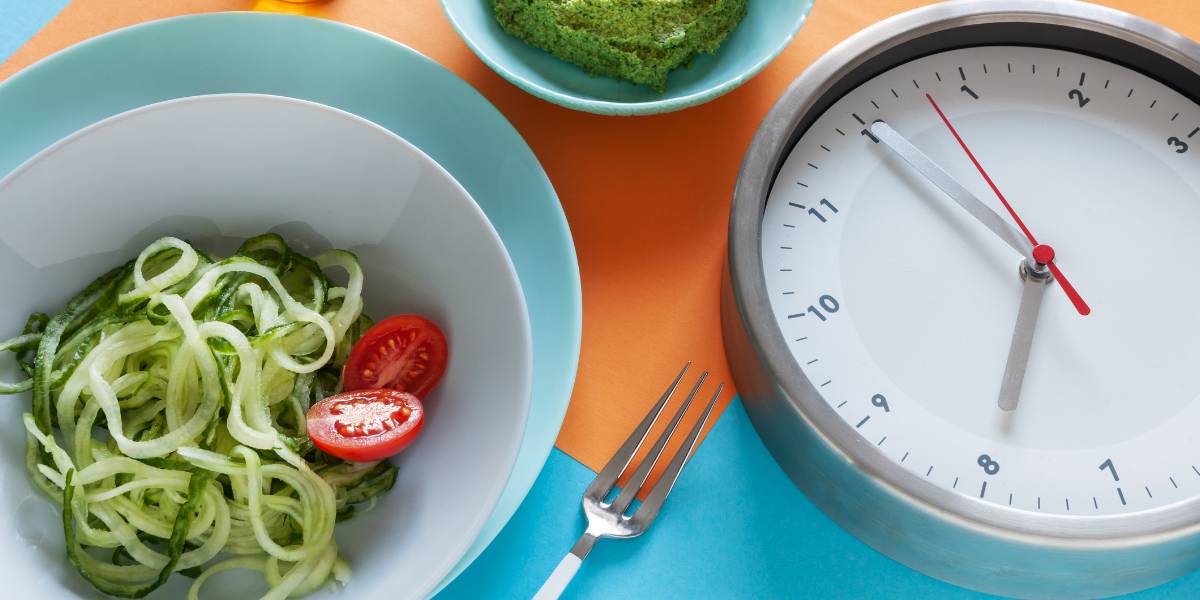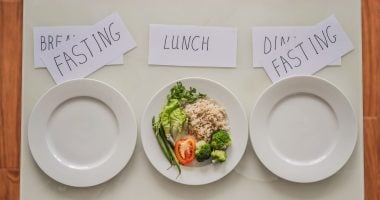As the name suggest, the raw food diet is a diet based around food that can be eaten raw. The diet is therefore predominantly based on vegetables, fruit and legumes.
The diet is believed to help people find health when they are struggling to get healthy by eating a normal Western diet.
Raw food diets by their nature include less trans fats and additives, will be lower in saturated fat and will often be less calorific than Western diets.
How does a raw food diet help?
The following health benefits have been reported by people using a raw food diet.
- Higher energy levels
- Stabilised blood glucose levels
- Improved skin appearance
- Better digestion
- Weight loss
- Reduced risk of heart disease
- Reduced risk of diabetes
- Reduced risk of cancer
What is in a raw food diet?
The diet is largely based on raw vegetables, fruit and legumes. Depending on how strictly the diet is followed, the diet may also be supplemented by a smaller proportion of cooked food.
The diet is low in sodium, but it is high in potassium, magnesium, folate, fibre as well as health-promoting plant chemicals called phytochemicals.
Phytochemicals are naturally occurring micro-nutrients in food.
There are a large number of phytonutrients and the list includes carotenes, flavonoids and plant sterols.
So a raw food diet helps to reduce diabetes risk?
Whilst, research has yet to conclusively prove it, a raw food diet is thought to be helpful in lowering risk of diseases including heart disease, cancer and diabetes.
The ideas behind a raw food diet are that cooking and processing may remove a number of the helpful phytonutrients and that the diet helps to largely avoid man made food additives.
What foods are typically included in a raw food diet?
- Fresh fruits and vegetables
- Nuts
- Seeds
- Beans
- Grains
- Legumes
- Dried fruit
- Seaweed
- Unprocessed organic or natural foods
- Freshly juiced fruit and vegetables
- Purified water
- Young coconut milk
So I can’t cook anything with a raw food diet?
If the diet is being very strictly followed, no cooking as such would be involved. Instead, the following techniques would be incorporated:
- Sprouting seeds, grains, and beans
- Juicing fruit and vegetables
- Soaking nuts and dried fruit
- Blending
- Dehydrating food
Do I need special equipment for a raw food diet?
- A dehydrator
- A juicer for juicing fruit and vegetables
- A blender, food processor, or chopper to save time
- Large glass containers to soak and sprout seeds, grains, and beans
- Mason jars for storing sprouts and other food
How will a raw food diet make me feel?
The first few days of detox may be difficult and could include:
- Cravings
- Headaches
- Nausea
What should I be aware of when eating a raw food diet?
A raw food diet may be deficient in certain nutrients and questions have been raised about increased susceptibility to food poisoning on a raw food diet.
What nutrient deficiencies may result from a raw food diet?
The following deficiencies may be observed from following a raw food diet.
- Calcium
- Iron
- B12
- Protein
- Calories
The raw food diet may therefore not be appropriate for certain types of people such as younger children, pregnant women and people with anaemia.
